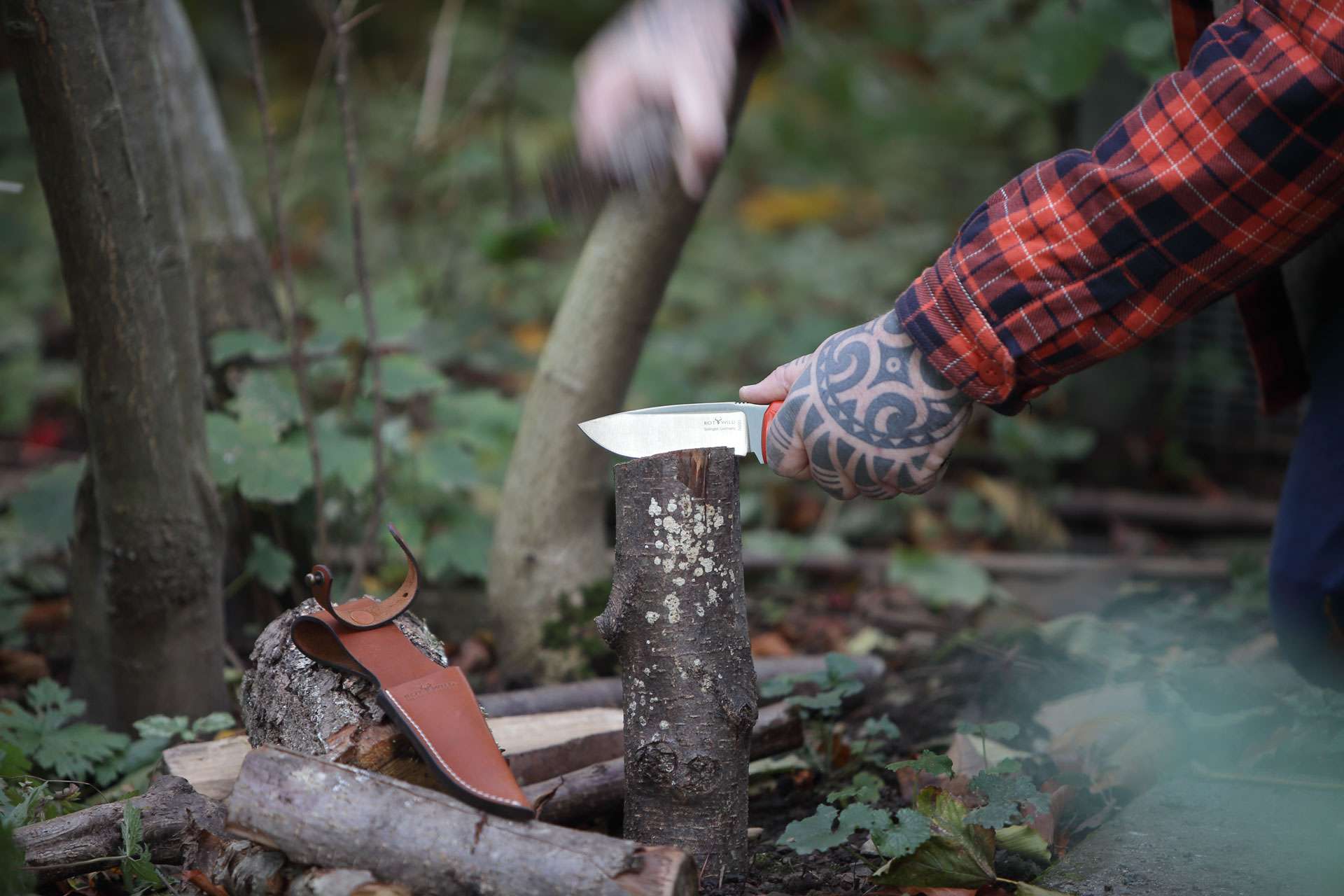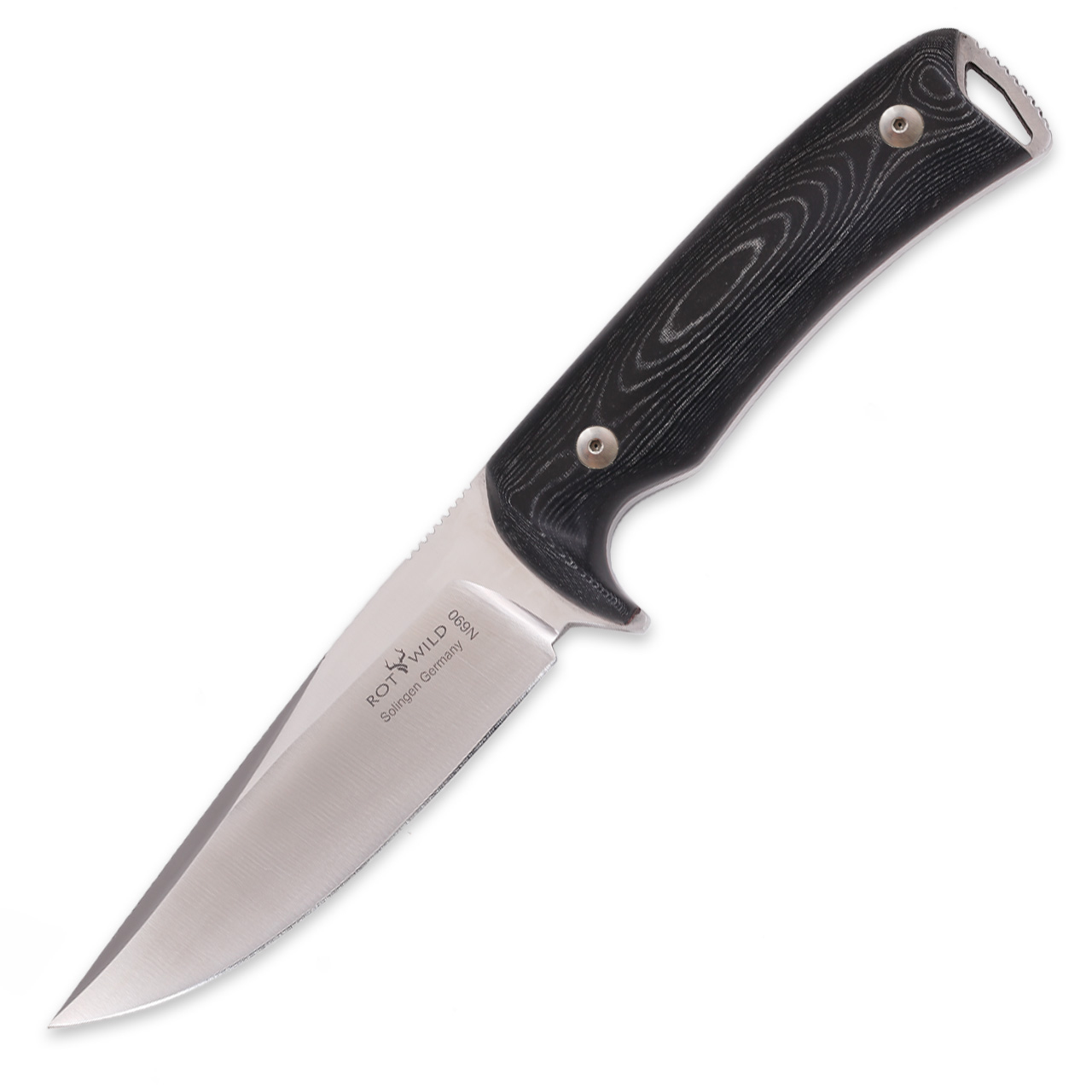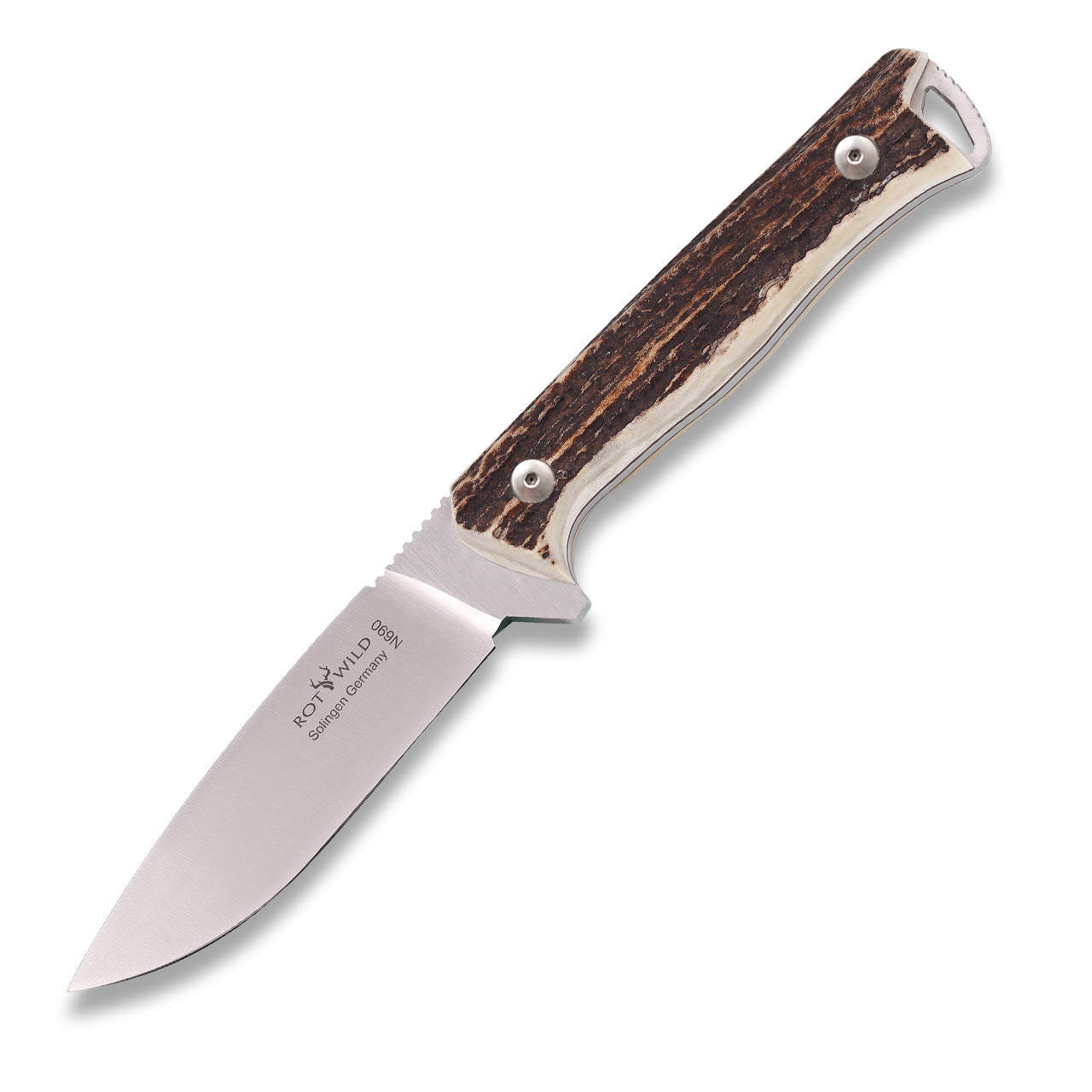Batoning: How to split wood efficiently for survival and bushcrafting - step-by-step instructions and equipment tips
Batoning: The Perfect Wood-Splitting Technique for Outdoor Enthusiasts and Survivalists
When it comes to bushcraft, survival training, and outdoor adventures, mastering the right wood-splitting technique is crucial. One of the most effective methods for splitting firewood or smaller wood pieces is known as batoning. This technique allows you to split wood precisely and safely using minimal tools—perfect for when you're out in the wild.
In this guide, you'll learn everything you need to know about batoning, from the equipment you need to step-by-step instructions for safely applying this technique.
What is Batoning?
Batoning is a method of splitting wood using a knife or hatchet, combined with a baton (usually a sturdy wooden stick). It’s a widely-used technique within the outdoor and survival communities because it requires minimal equipment. The term "batoning" comes from the word baton, referring to the wooden stick used to drive the blade through the wood.
Essential Gear for Batoning
The key to successful batoning is having a durable knife. Knives with a full tang (where the blade extends through the handle) and a blade thickness of at least 4mm are particularly well-suited for the task. A full tang design ensures the knife remains sturdy under heavy pressure without breaking.
Batoning Gear Checklist:
- Full Tang Knife: A knife with a full tang offers the necessary stability for heavy-duty tasks.
- Blade Thickness: A blade at least 4mm thick will handle splitting larger pieces of wood without bending or breaking.
- Baton: A sturdy stick or piece of wood to strike the knife’s spine.
Step-by-Step Guide to Batoning
- Choose the Right Knife: Select a knife that is up to the task. Look for one that is robust with a thick blade to withstand the pressure of batoning.
- Prepare the Wood: Place the piece of wood you want to split on a stable surface. An unstable base increases the risk of accidents.
- Position the Knife: Center the blade on the wood where you intend to split it. Ensure the knife is steady and positioned correctly.
- Strike the Knife: Using your baton, strike the spine of the knife in a controlled manner until the blade penetrates the wood and begins the split.
- Repeat as Needed: Continue the process until the wood is split into the desired sizes.
Safety Tips for Batoning
While batoning is an effective method, safety should always come first to avoid injury:
- Only use knives that are built for batoning.
- Ensure your surroundings are clear, and you have ample space to work.
- Keep your hands away from the blade’s path.
- Strike the knife with controlled, precise hits to prevent slipping.
When to Use Batoning
Batoning is particularly useful when you need firewood in the wilderness or need to split smaller pieces for a campfire or shelter. It’s also great for breaking down tinder or kindling. In wet conditions, batoning allows you to access the dry inner layers of wood, making it easier to start a fire.
Conclusion: Batoning as an Essential Outdoor Skill
Mastering the batoning technique is a valuable skill for anyone who enjoys the outdoors, whether it’s bushcraft, camping, or survival training. With the right equipment and a bit of practice, you can efficiently split wood even without an axe. Batoning is not only practical but also a fun way to build confidence in your ability to thrive in nature.
Whether you're preparing for an outdoor adventure or simply looking to sharpen your bushcraft skills, batoning is a must-have technique. Try it on your next trip and experience how this method can help you become more self-sufficient in the wilderness!














